A wise hiker once said:
“The reality of backpacking is that you will most likely not get bit by a rattlesnake, eaten by a bear, attacked by a mountain lion, or harassed by sasquatch, but I guarantee after you have a double pack of oatmeal and a cup of coffee in the morning, you’re gonna have to take a dump.”
So, knowing that this inevitable task will be upon you on your next overnight trip, let's get down to business on how to do it properly.
Before we get too deep into our cat hole, let's talk about assembling your S*@t kit and also some different options for cleaning ourselves up:
What to dig with?

Despite the claims that many hikers make about not needing a potty trowel because they can dig a proper cat hole with the heel of their shoe, a tent stake, a stick, or some other mystical way they have to get through 6” of topsoil, roots, and rocks. Do yourself a favor and invest in a nice ultralight potty trowel. The most popular and in our opinion best one on the market today is the Deuce of Spades. We love these lightweight trowels because not only do they do a fantastic job of getting the hole dug, they can also pull double duty as a tent stake if you want.
Assemble your kit
Our personal S*@t Kit includes the following:
- Deuce of Spades Potty Trowel
- Hand Sanitizer
- Toilet Paper (TP), rolled up into a few day’s worth and stored in a ziplock to stay dry
- A few baby bum wipes to freshen up when needed
- Dog Poop Bags
- 2 Freezer Quart Size ziplock bags for used TP
All of these items can be put into a large ziplock, an old stuff sack, or any other way you like to sort your gear.
Cleaning up
When it comes to cleaning oneself up after the deed is done, there are a few schools of thought:
School of thought #1

Use natural materials like rocks, sticks, brush, downed leaves, pine cones, or snow. These materials are natural and will break down in their natural environment in the hole, far better than a man-made material would. Leave No Trace encourages the use of natural materials, but if going for leaves and brush, please use one already on the ground instead of damaging any flora in the backcountry.
School of thought #2
Toilet Paper. And then pack out your used TP. Due to increased use in the backcountry, the risk of an animal digging up an improperly dug hole, and the long time it takes to break down TP, especially in dry environments, the correct Leave No Trace method is to pack out your used TP. If packing out the TP, we have a few tricks to make it less gross.

Used TP or "Tp blooms" seen along a popular hiking trail in Oregon
School of thought #3
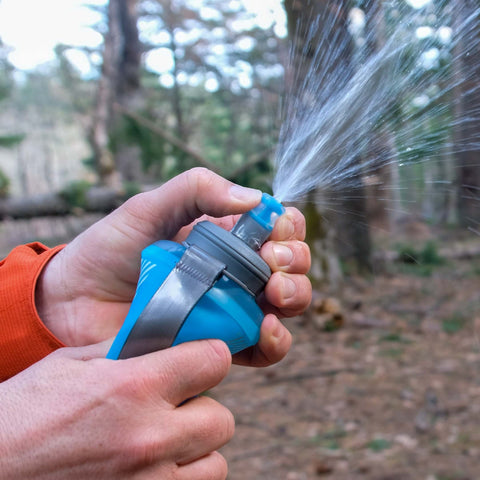
Backcountry bidet. The reality is that most of us could use a little freshening up to our butt after a few days out on the trail. By utilizing the cleaning nature of water, we can greatly reduce the amount of TP and its environmental impacts of manufacturing. As a bonus, the additional cleaning will help prevent chaffing. A good squirt cap or product like the backcountry bidet makes washing your backside off a breeze. You may want to have a little TP handy to dry off after you wash up, and on those extra cold mornings, maybe treat yourself to a little warm water in your backcountry bidet to lessen the shock.
Cat Holes

When it comes time to let that freeze-dried meal loose, you are going to want to select a good spot to do your business. Start by finding a place 200 feet (70 paces) away from water, the trail, and campsites. Try to find a spot that is under a tree, in some bushes or some other inconspicuous spot so that you are hidden from other backcountry users.
Now that you have a good site selected, begin by clearing away any duff on the ground and then use your trowel to dig a 6”-8” deep hole (in the desert this can be more around 4”-6”), and as wide as you think you need to properly burry the turd.
Pro-tip. If you are one of those eyes open and need to poop people, consider locating a spot and dig yourself a cat hole the night before. This method will help reduce some of that panic in the early morning of “can I dig this hole before I poop my pants!”
Pooping
Now that the hole is dug, it’s time to get down to business. Start by getting your pants pulled down, some people prefer to remove their bottoms completely or at least get one full leg out and flip them aside. This avoids pooping in your pants by accident!
A good squat lined up over the hole, and bombs away!
Don’t stress if you miss the hole a little bit, just find a stick and move your turd into the hole.
Once you are done take the time to clean yourself up and then we can move on to our final steps.
Mixing & Marking
It’s time to do a little mixing and burying to get that turd on its way to becoming soil. Find a stick and mix in some of the dirt you dug for your cat hole with the pooh, this will allow the macrobiotics in the soil to mix in and begin to break down the pooh. Then simply fill in the hole, and add back on the duff you removed, and voila you have just successfully dealt with a number 2 in nature's bathroom.
If taking a dump in a heavily used area or popular backcountry campsite, it’s best to mark your cat hole with two purposely crossed sticks or rocks as a “backcountry hazmat” warning to others.
Sanitizing

Once you’re done with all of these tasks it’s very important to make sure to use an ample amount of hand sanitizer and rub it around for a good 20-30seconds on your hands. Poop can make one very sick, and often long-distance hikers will claim they have gotten giardia when in reality they are sick because of poor hygiene on the trail. This is one reason why you should never let another hiker reach into your food bag when sharing a snack, but that’s a blog for a different day.
Conclusion
Taking a pooh in the backcountry is a bit of a chore at times, but it’s a fact of the matter of any time spent in the outdoors. By assembling a dedicated S*@t kit that includes a good quality trowel and a way to deal with the used TP you are on your way to easily deal with your #2 in the backcountry.


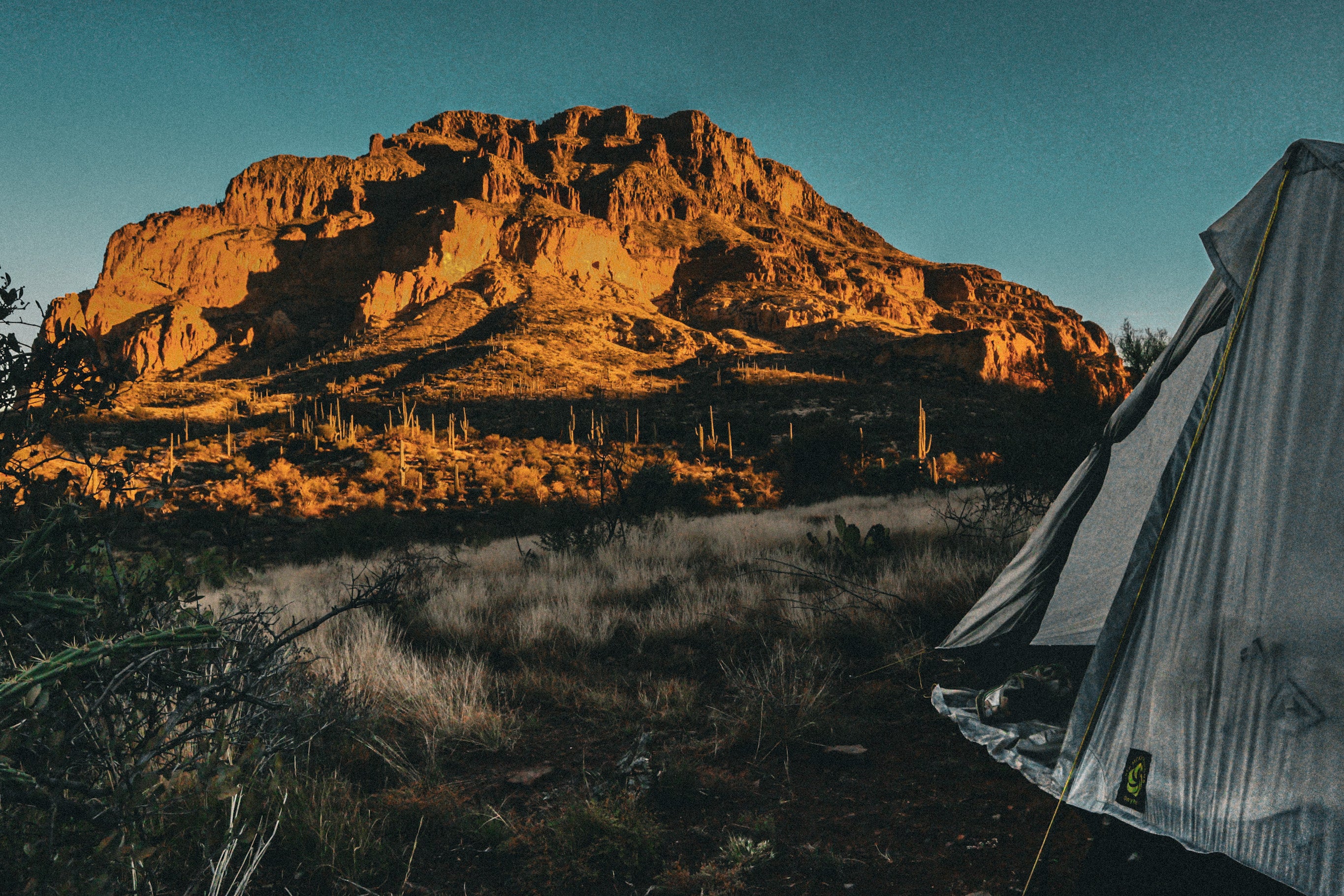
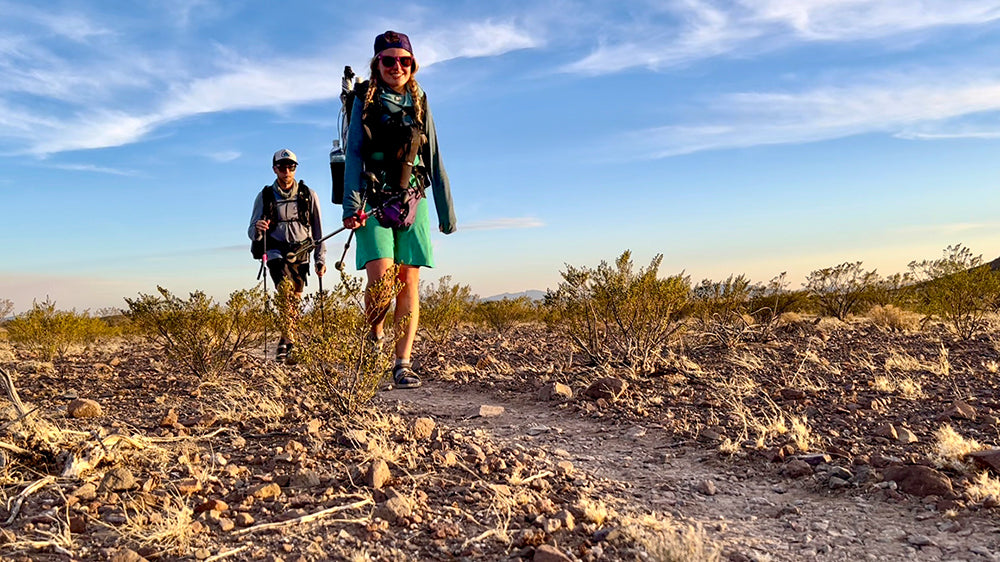
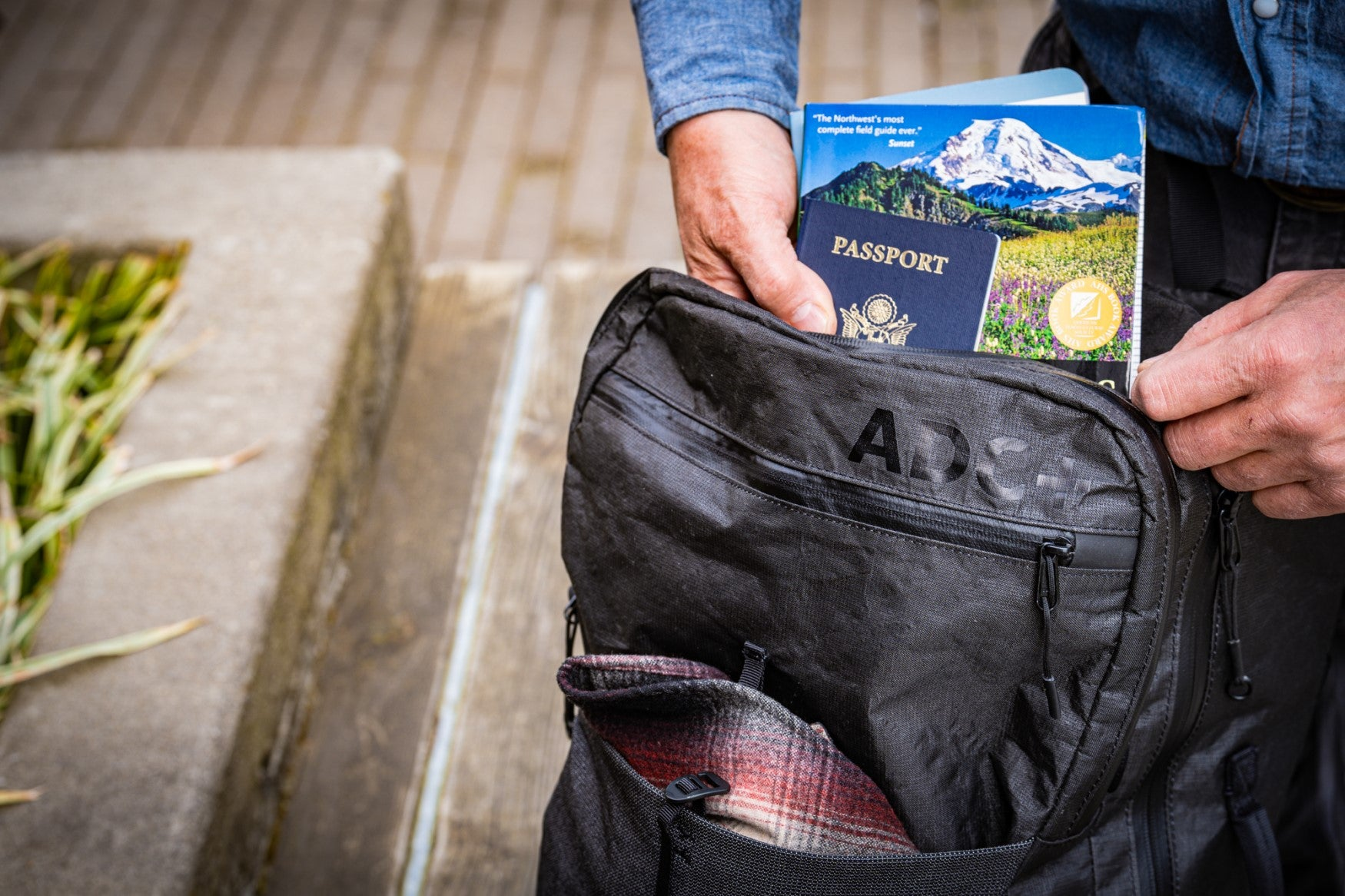
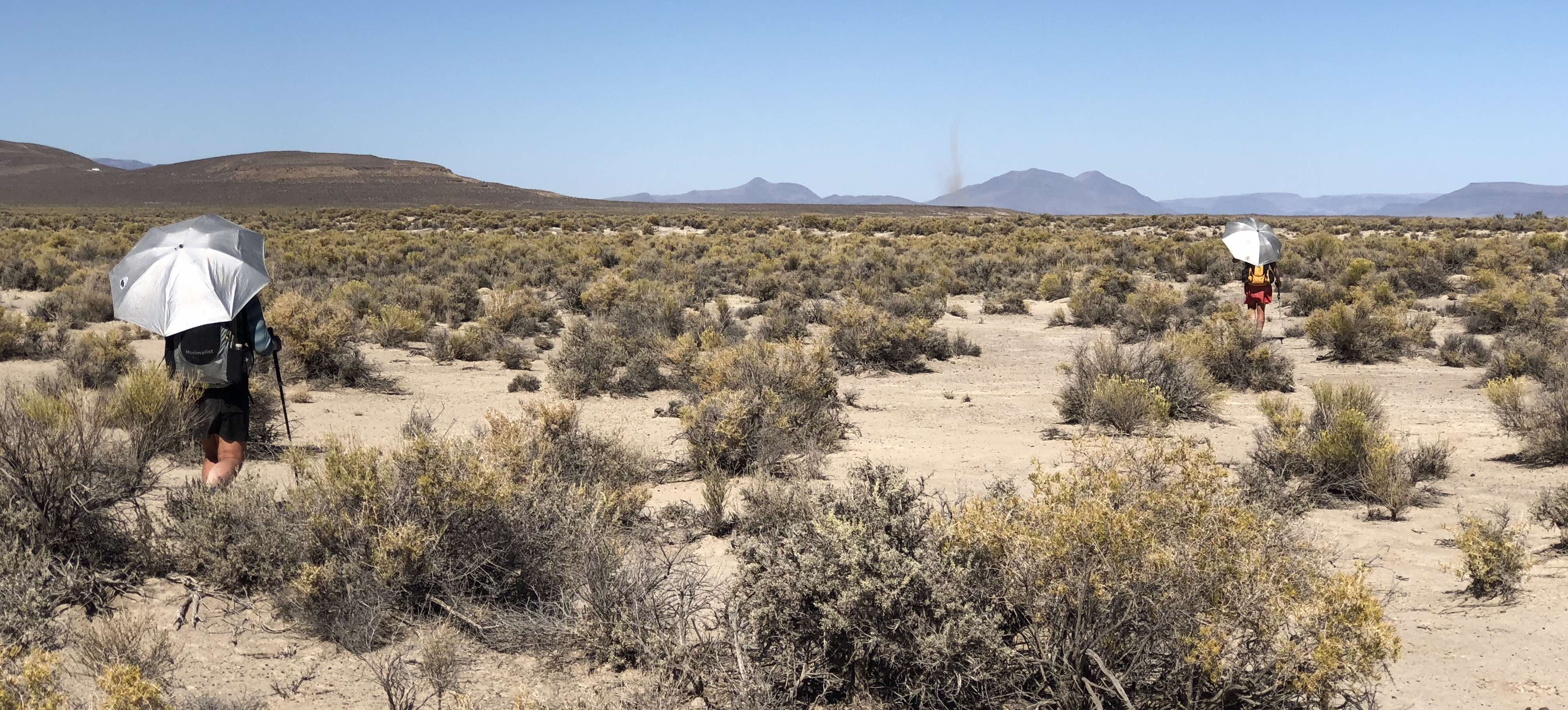
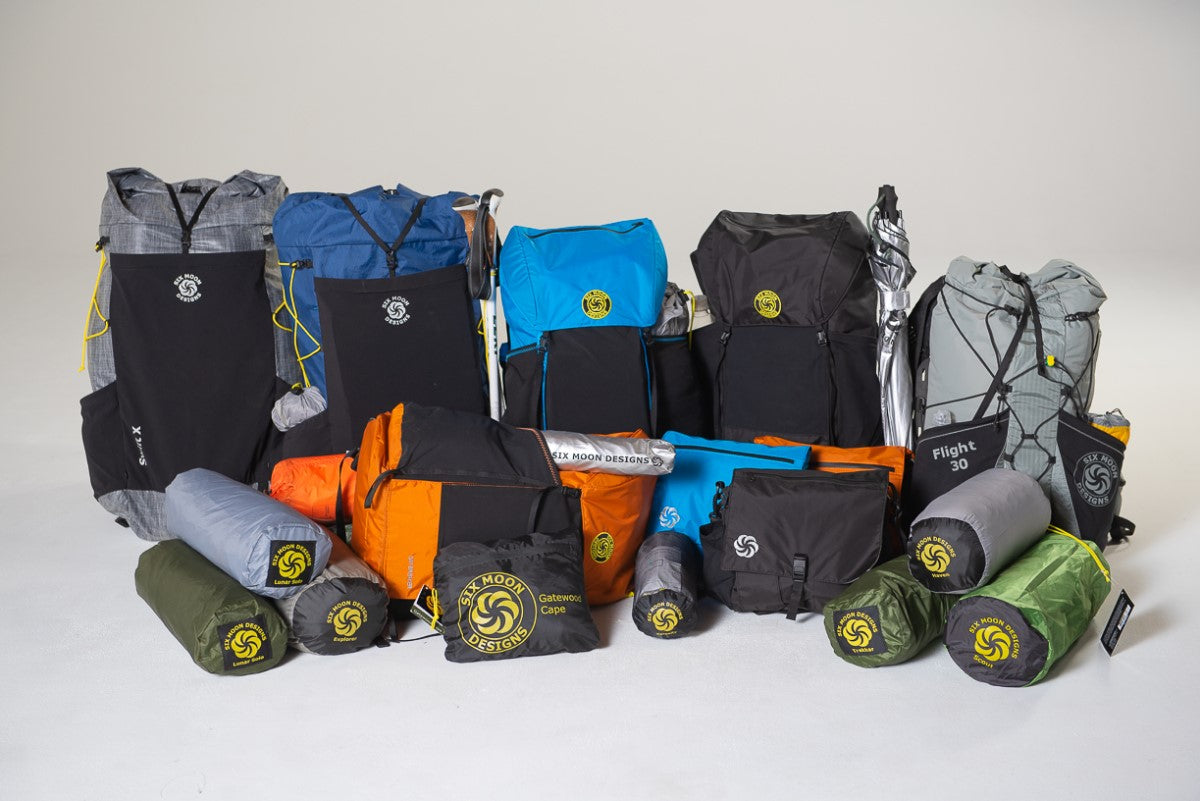
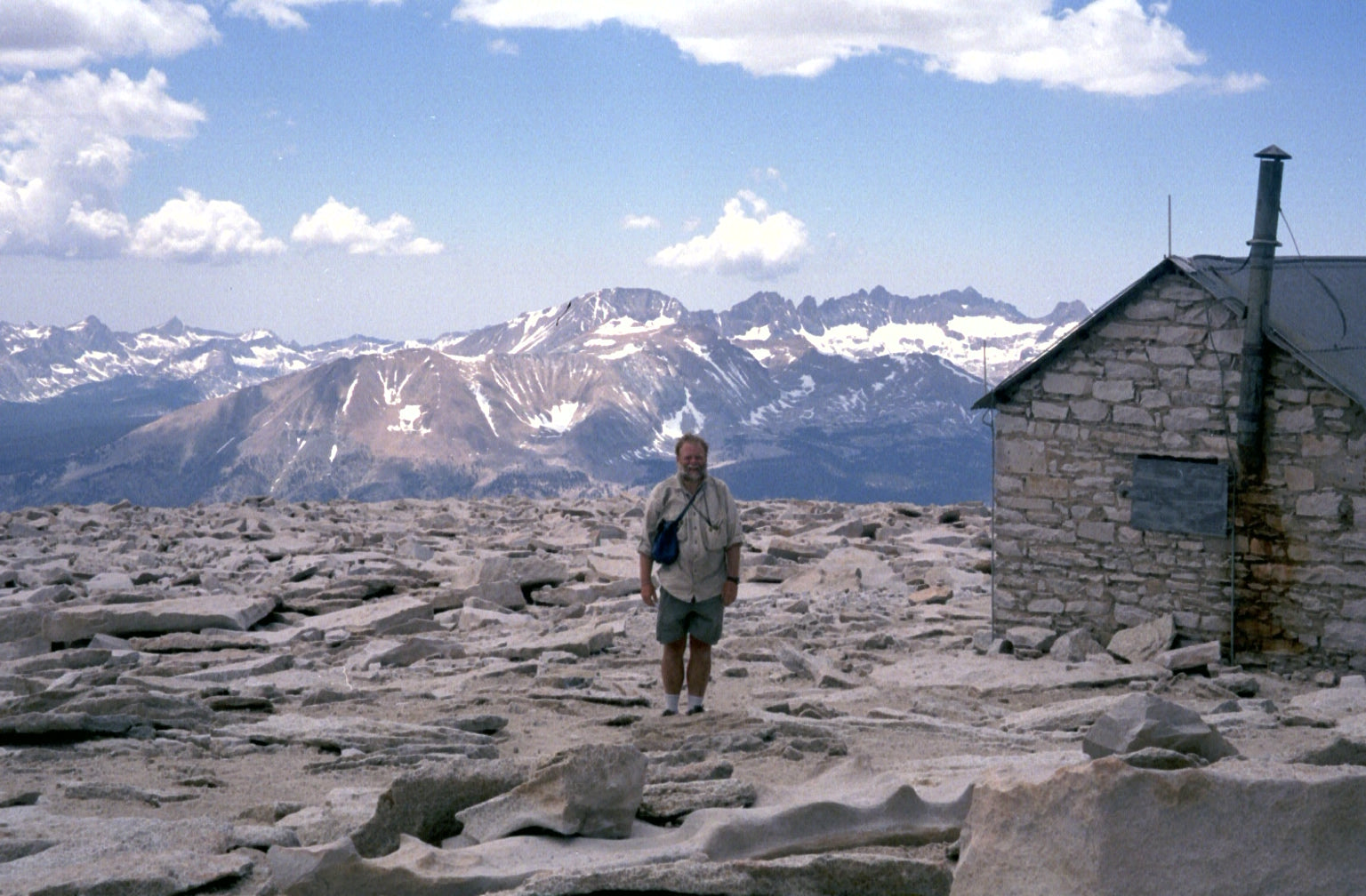
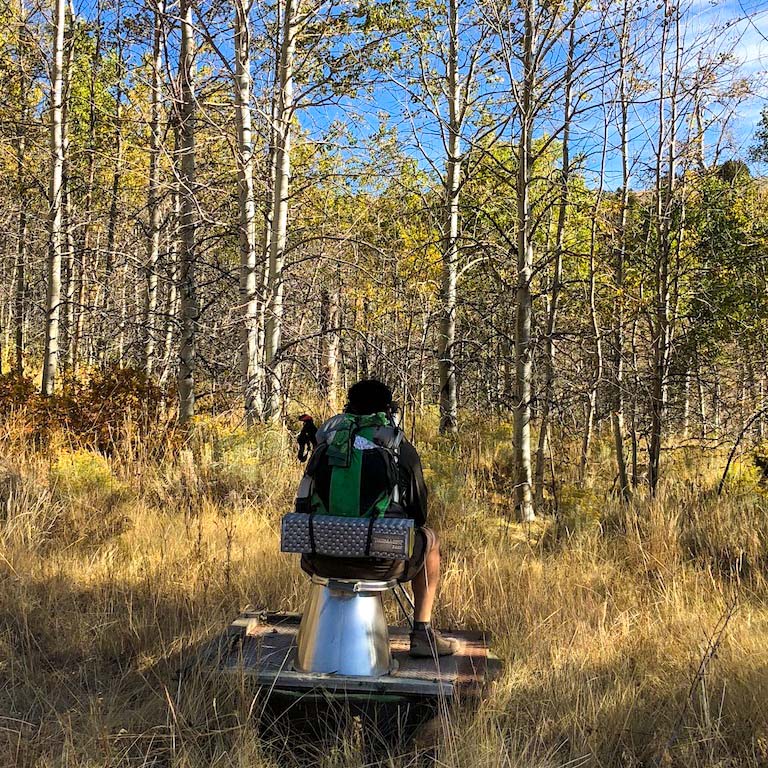
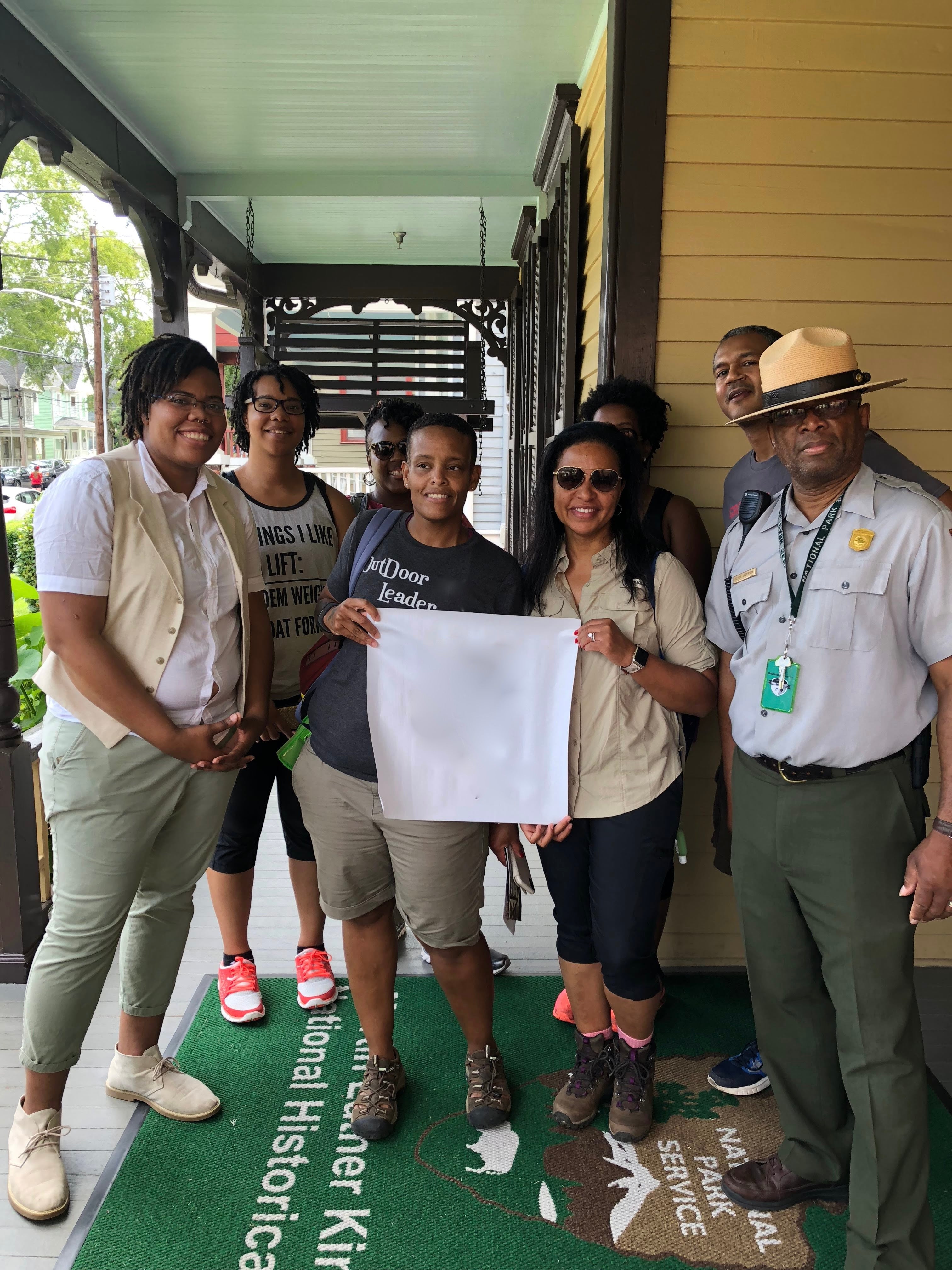
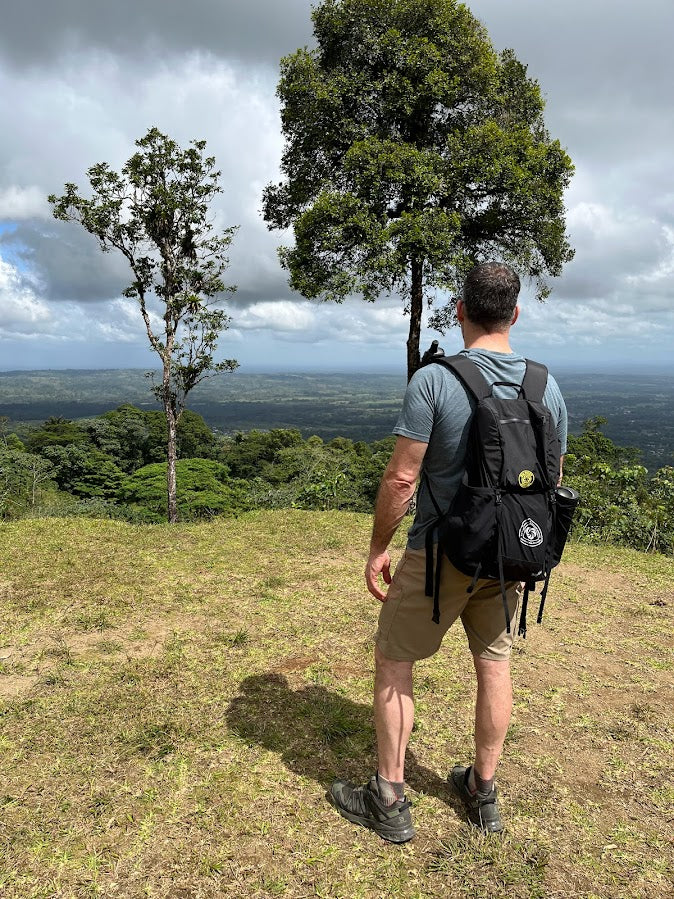
Leave a comment
This site is protected by hCaptcha and the hCaptcha Privacy Policy and Terms of Service apply.